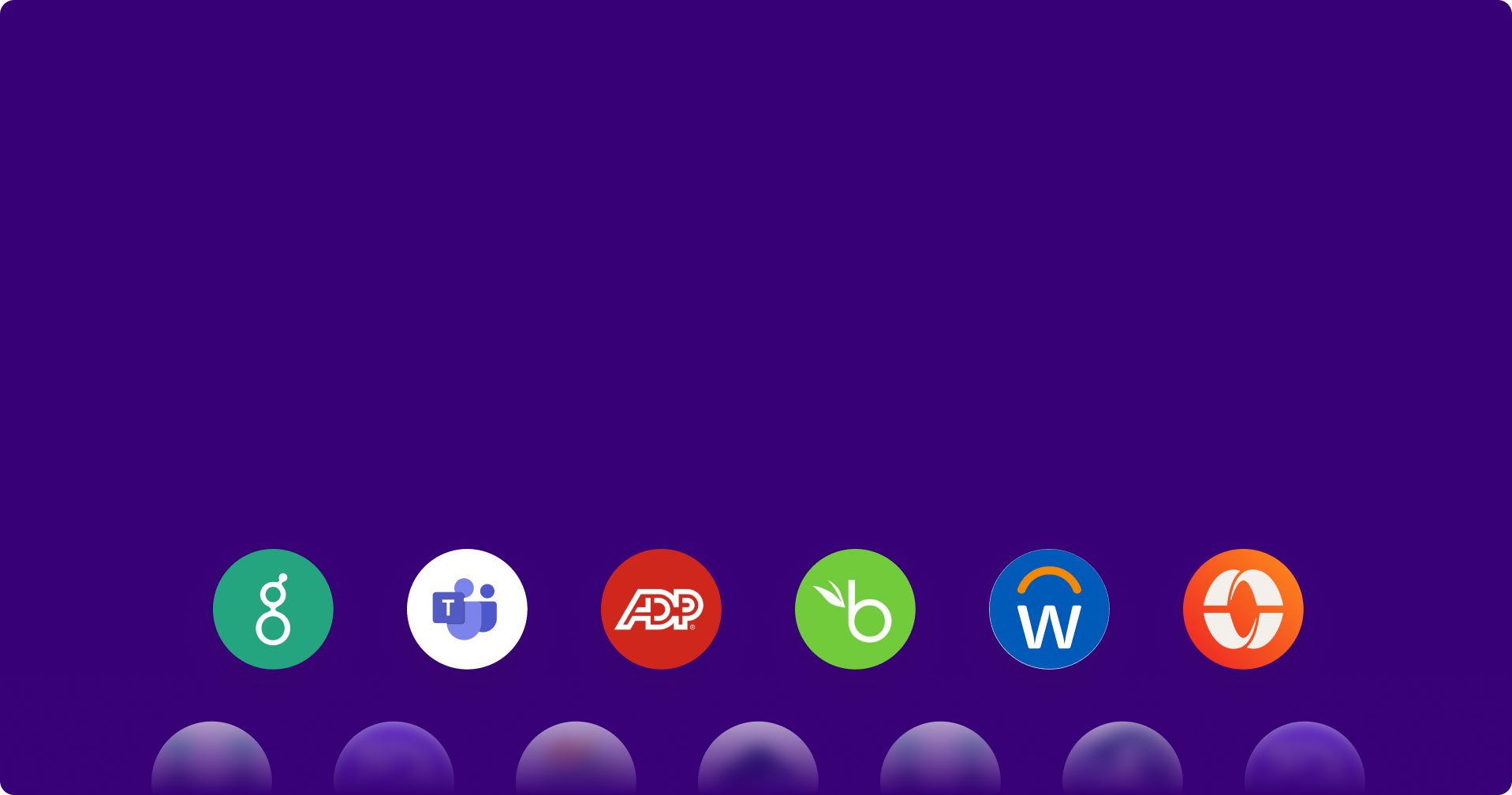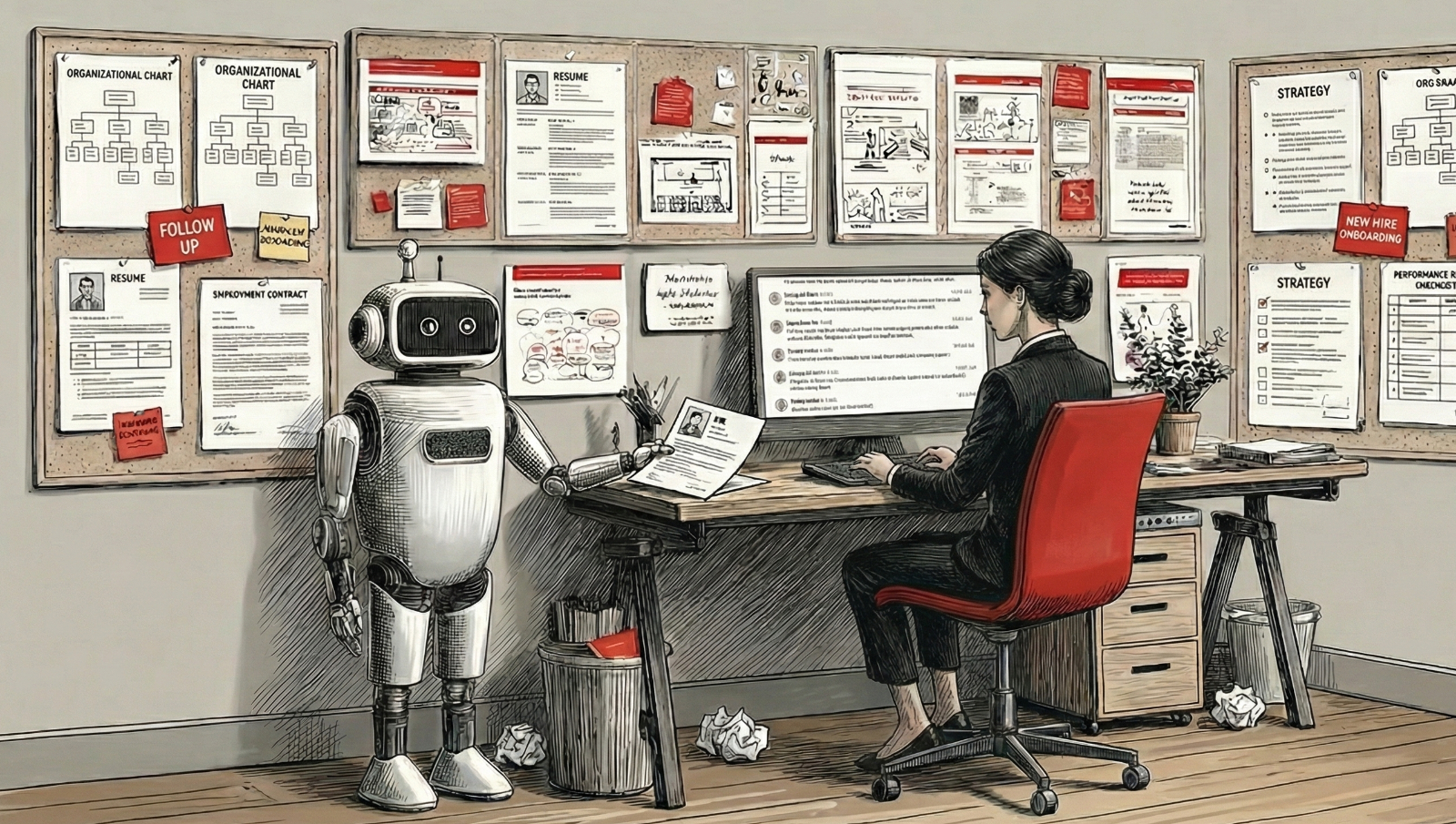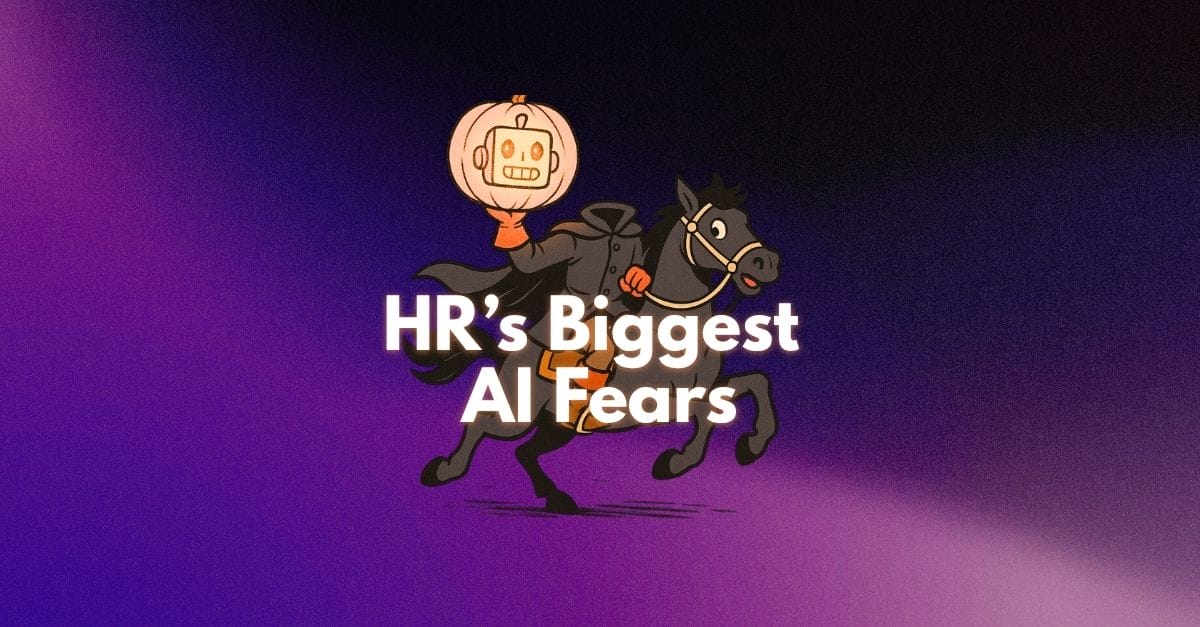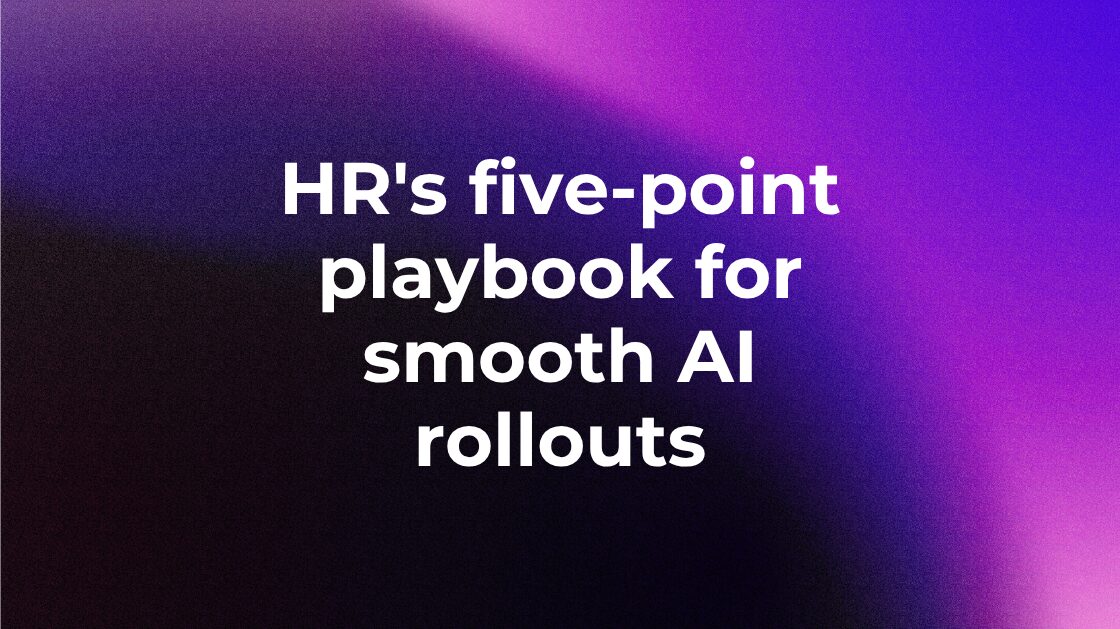Recruitment today is a challenge, no matter the size or scope of your team. From too many applications to talent scarcity, or pressure to reduce time-to-hire and ensuring a positive candidate experience—it’s too much for any team to keep track of on their own.
And that’s where an applicant tracking system (ATS) comes in. But what is an ATS? And can it really save time, reduce costs, and help you find the right candidate for the job every time?
Let’s break down what an ATS is, different types of ATS, the top reasons to use one, and how integrating an ATS can enhance talent optimization.
What is an applicant tracking system?
An ATS is a software solution that manages and automates the entire recruitment process by streamlining application management, automating candidate screening, enabling better communication, and providing valuable insights, all of which make the hiring process more efficient and effective.
Its core functionalities include collecting, storing, organizing, and searching through large amounts of candidate resumes and applications – tasks that would take an employee a great deal of time.
But beyond managing data, an ATS enables an HR team to filter candidates based on skills, experience, behavioral tendencies, and other relevant factors. It can also manage job postings across multiple platforms, send automated communications to applicants, schedule interviews, and track the progress of each candidate throughout the entire hiring pipeline.
Bottom line: An ATS automates and streamlines the hiring process by reducing manual tasks, enabling HR to quickly identify suitable applicants, and enhancing the efficiency of candidate management.

Integrate PI with your existing workflow
With 97+ integrations, you can keep everything in sync to align your talent strategy with business goals.
The top reasons to use an ATS
Why use an applicant tracking system?
An ATS offers some major strategic advantages to HR teams during the recruitment process.
- Efficiency gains: An ATS automates repetitive and time-consuming tasks, such as screening resumes, sorting candidates, and scheduling interviews, which frees HR team members up to focus on other important responsibilities, like strategic hiring decisions.
- Better hiring: An ATS can use data-driven insights, along with pre-defined criteria, to quickly identify and rank the most qualified candidates, without bias.
- Cost-effective recruitment: An ATS automates repetitive tasks, eliminating the need to hire third-party recruitment consultants, which saves your company’s bottom line.
- Improved candidate experience: An ATS ensures consistent and timely communication throughout the application process, enabling smooth, professional interactions that make the candidate feel happy and valued.
- Centralized data management: All of the applicant’s information, as well as all of your team’s communication with them, is maintained in one easy-to-use and accessible platform, improving team collaboration and reducing the risk of lost information.
- Compliance and reporting: These capabilities are a serious advantage for HR teams, as an ATS can quickly and easily generate reports for regulatory compliance, such as EEO data, and provide internal analytics on recruitment metrics. This means you can continuously refine your hiring strategies and candidate experience as you learn from your recruitment data.
Common misconceptions about ATS
For all the good they do, unfortunately, there are some common misconceptions about ATS that prevent organizations from investing in them.
- An ATS is impersonal and deters candidates. In fact, modern ATS platforms enhance personalization through automated yet tailored communications.
- ATS implementation is expensive and complicated. Many ATS solutions are scalable and offer integrations with existing HR tools. They’re designed to be user-friendly, with intuitive interfaces and streamlined workflows. While it may take some time and money upfront to set it up, this is quickly offset by the long-term efficiency gains.
- An ATS rejects resumes without human review: An ATS’s primary role is organizing and ranking candidates, making it easier for the HR team to find the most qualified applicants within a large pool. It’s designed to make the process more efficient, not to make any final decisions.
- An ATS only looks for exact keyword matches. Although keywords play a critical role, an ATS is more sophisticated than that. They utilize natural language processing (NLP) to comprehend related terms, synonyms, and the context in which words are used.
- An ATS is only for big companies. Modern ATS platforms are a scalable and affordable solution for companies of all sizes.
- An ATS will replace humans in recruitment. An ATS is designed to augment the HR team’s job, not replace it. Instead of manually sifting through countless irrelevant applications, it enables the HR team to focus on more valuable activities, like connecting with promising candidates, conducting interviews, and building relationships.

ATS case study: Motionstrand
So, what does an ATS look like in action?
Motionstrand, a full-service digital agency that builds branded online experiences to create lasting value for clients, encountered a problem most businesses hope for. The company was growing rapidly, which meant they had to scale quickly.
The 30-person agency turned to corporate finance veteran and controller Ted May, who ordered an audit of Motionstrand’s processes to determine where costs could be reduced and efficiency improved. The audit uncovered a hiring process riddled with time-consuming, complex steps and soaring opportunity costs.
May said Motionstrand was “spending anywhere from $7,000 to $15,000 per manager per candidate in pre-interview costs alone.” Managers were stepping away from their regular duties for three hours at a time to complete tasks that could easily be automated.
To streamline the hiring process, May implemented The Predictive Index®.
Through PI’s solutions, like PI Hire and Inspire, Motionstrand was able to quickly gather and analyze the data points that would help achieve its goal of improving hiring and operational efficiency.
For example, they utilized PI Job Targets in their monthly finance meetings and discovered a clear link between job fit and performance. When people were in roles that truly aligned with their strengths, they naturally performed at a higher level.
This insight was a game-changer, empowering Motionstrand to optimize their talent by using data to put the right people in the right roles right from the beginning.
Once Motionstrand fully incorporated PI into its hiring process, Motionstrand was able to:
- Reduce the amount of time spent reviewing resumes by two-thirds.
- Slash the cost of recruiting a candidate by 72% annually.
- Save more than $50,000 annually by streamlining the recruiting and hiring process.
Integrating ATS with talent optimization
Combining structured tech with behavioral science transforms recruitment into a candidate-first process. The dual role of ATS and behavioral science and cognitive assessments can significantly improve the candidate experience by streamlining the process and adding valuable hiring insights.
Utilize the PI Behavioral Assessment and the PI Cognitive Assessment to gain insight into the unique behaviors and potential of current and future employees. Our tools, backed by 65 years of scientific research, provide you with actionable insights that encourage better hiring decisions and foster team development and collaboration.
Combining these insights with ATS data makes for the most effective hiring process possible.
PI’s recent integration with Paylocity means PI assessments are now integrated directly into your Paylocity hiring workflow, saving you hours of time you could be spending on the tasks that actually need your attention. Every team member involved in the hiring process can easily see a candidate’s assessment fit score, together with a brief description of their behavioral profile, without ever leaving Paylocity.








